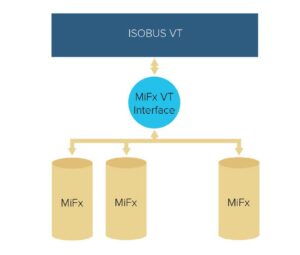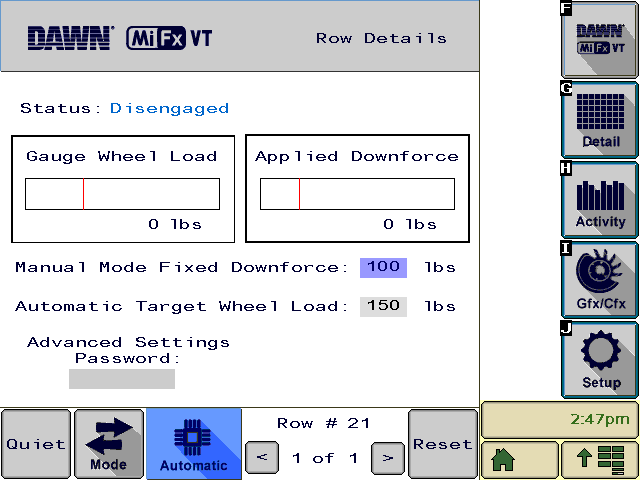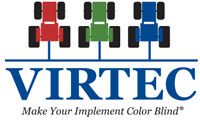ISOBUS VT Application Eliminates Multiple Displays, Cuts Clutter and Confusion for Operator
CHALLENGE
Dawn Equipment Company, an implement manufacturer located near Chicago, turned to DISTek to solve an ISOBUS-related issue. (ISOBUS is the ag industry’s solution to compatibility between different manufacturers’ electronics.)
SOLUTION
The engineers at DISTek put their experience and expertise to work. Their solution: use VIRTEC, an ISOBUS-compatible software library, which is configurable and reusable. VIRTEC—when used with ISOBUS Virtual Terminals (VTs)—allows implements to use a common display located in the tractor cab.
The target system (figure 1) consists of the following physical components:
1. ISOBUS VT
2. STW Technic IOXp controller running DISTek-created software
3. Between 1 and 54 row units (MiFx)
DISTek first configured the VIRTEC library for Dawn’s use case and the STW IOXp hardware. Then DISTek custom software—an MiFx VT Interface—was added to act as a translator between J1939 messages on the proprietary MiFx bus and ISOBUS messages on the standard implement bus.

The custom software is primarily an interface for the operator to monitor and control the row units. So most of the development time was spent ensuring a user-friendly interface. Together, with the customer, DISTek looked for ways to achieve effective information density on every screen.
Two screens in the final application give alternate views of the overall state of the system. The first screen shows graphs of average row unit downforce and average row unit gauge wheel load (figure 2).

The second screen displays a grid of boxes that each corresponds to a single row unit (figure 3).

The color of each box corresponds to the current state of the row unit. This gives the operator information about each row unit at a glance. From this view, the operator can drill down into details and settings for each row unit by tapping its box (figure 4).

RESULTS
Using VIRTEC as the foundation for this project saved countless development hours. Instead of dealing directly with the CAN bus and ISOBUS VT, DISTek engineers were able to focus their time implementing a user-friendly system.
The software was architected using the Model-View-Controller (MVC) pattern, which helps modularize the codebase. A modularized codebase helps deal with changes later in the development lifecycle. For example, the method used to present alarms to the operator went through a number of changes throughout the project. Because the software was implemented using MVC, these changes didn’t affect any other parts of the system.
By using MVC and focusing on separation of concerns, DISTek was able to write effective unit tests for many parts of the system. This allowed DISTek to make changes later on without worrying about creating regression bugs.
To view more DISTek case studies, click here.


